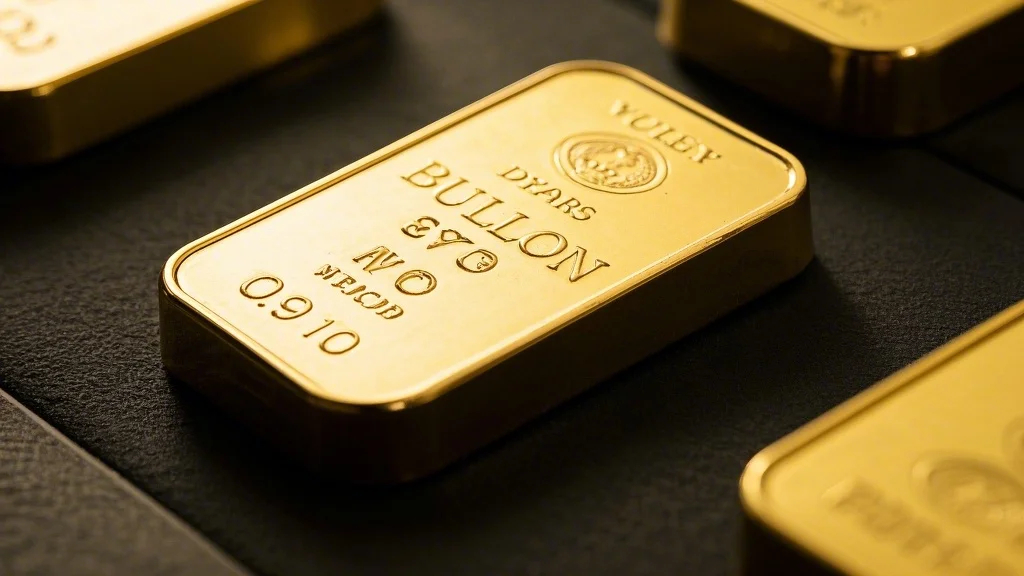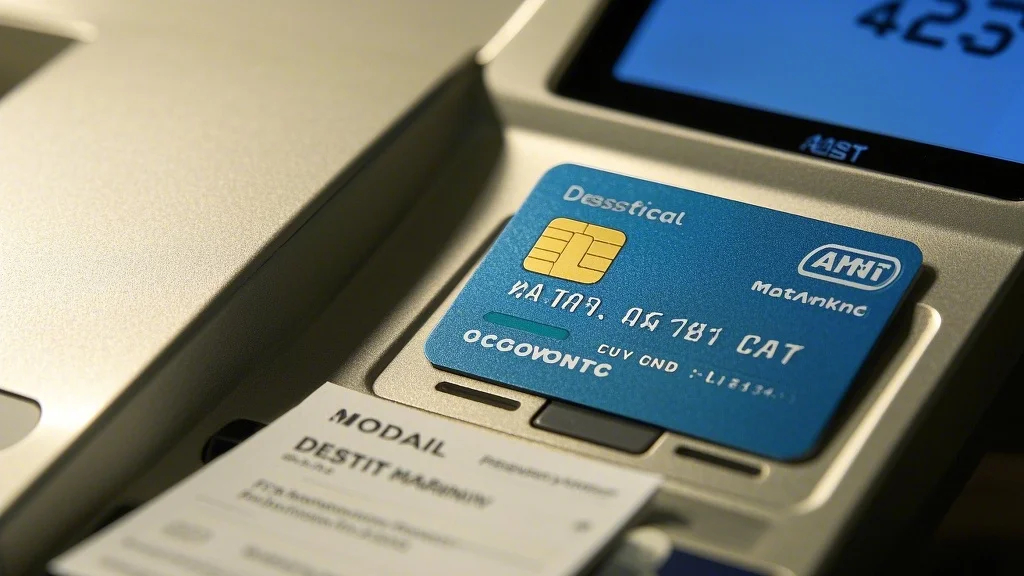Explore the liquidity dynamics of two popular gold exchange-traded funds (ETFs): SPDR Gold Shares (GLD) and Invesco DB Precious Metals Fund (PHYS). This article provides a comprehensive analysis of their liquidity, market impact, and trading behavior, helping investors make informed decisions.

Understanding Commodity ETF Liquidity
Commodity ETFs have become an essential tool for investors looking to gain exposure to the commodities market without the need for physical storage or futures contracts. Among these ETFs, gold has been a particularly popular choice, with GLD (SPDR Gold Shares) and PHYS (Invesco DB Precious Metals Fund) being two of the most widely traded options.
In this article, we will analyze the liquidity of GLD and PHYS, comparing their market impact, expense ratios, and tracking performance. By understanding these factors, investors can make more informed decisions about which ETF aligns best with their trading strategy and risk tolerance.
What Are Commodity ETFs?
Commodity ETFs are funds that track the price of a particular commodity, such as gold, oil, or agricultural products. They allow investors to gain exposure to the commodities market without directly holding the physical asset. These ETFs are traded on stock exchanges, making them accessible to both institutional and retail investors.
Commodity ETFs can be structured in two main ways:
Physical Commodity ETFs: These ETFs hold physical commodities, such as gold bars or oil stored in tanks.
Synthetic Commodity ETFs: These ETFs use derivatives, such as futures contracts, to replicate the performance of a commodity.
Both GLD and PHYS are physically backed ETFs, meaning they hold actual gold to back their shares. However, there are key differences in their structures and operational strategies that impact their liquidity.
GLD vs. PHYS: An Overview
GLD (SPDR Gold Shares): Launched in 2004, GLD is one of the first and most well-known gold ETFs. It is physically backed by gold stored in vaults in London, Zurich, and other locations. GLD is traded on the New York Stock Exchange (NYSE).
PHYS (Invesco DB Precious Metals Fund): Launched in 2006, PHYS holds a basket of precious metals, including gold, silver, platinum, and palladium. It is physically backed by metal stored in vaults in New York and London. PHYS is traded on the New York Stock Exchange (NYSE).
While both ETFs track the price of gold (and in PHYS’s case, other precious metals), their liquidity profiles differ significantly.
Liquidity: The Importance of Volume and Spread
Liquidity is a critical factor for ETF investors, as it determines how easily shares can be bought and sold at a competitive price. High liquidity ensures that investors can enter and exit positions without significantly affecting the price of the ETF.
Liquidity is measured by:
Volume: The number of shares traded daily. Higher volume indicates greater liquidity.
Spread: The difference between the bid (buy) price and the ask (sell) price. A narrower spread indicates higher liquidity.
Both GLD and PHYS have high liquidity compared to many other ETFs, but GLD is significantly more liquid.
GLD vs. PHYS: Volume and Market Impact
GLD: With an average daily trading volume of millions of shares, GLD is one of the most liquid ETFs on the market. Its large size and institutional support contribute to its high liquidity. Investors can buy or sell large blocks of GLD shares without impacting the market price significantly.
PHYS: While PHYS also has decent liquidity, its average daily trading volume is much lower than GLD’s. This means that larger transactions in PHYS may have a greater impact on the price, potentially leading to higher execution costs for investors.
GLD vs. PHYS: Expense Ratios and Tracking Performance
Another important factor to consider is the expense ratio, which is the annual fee charged by the ETF to cover its operational costs.
GLD: The expense ratio for GLD is 0.40%. While this may seem high compared to some other ETFs, the fund’s size and liquidity justify the fee. GLD has historically tracked the price of gold very closely, with minimal tracking error.
PHYS: The expense ratio for PHYS is 0.75%, which is higher than GLD’s. However, since PHYS holds a basket of precious metals, its performance is not solely tied to gold. Investors should be aware that PHYS may diverge from the price of gold due to its diversified approach.
Trading Behavior and Market Impact
GLD vs. PHYS: Trading Behavior
GLD: Given its high liquidity, GLD is often the go-to choice for institutional investors and high-frequency traders. Its tight bid-ask spreads and large order book make it an attractive option for investors looking to execute large trades quickly.
PHYS: While PHYS is a viable option for smaller investors, its lower liquidity can make it less attractive for those looking to trade large positions. However, its diversified approach may appeal to investors seeking exposure to multiple precious metals.
GLD vs. PHYS: Market Impact and Execution Costs
The liquidity of an ETF directly affects the market impact and execution costs for investors.
GLD: With its high trading volume, GLD has a large order book, which means that even large buy or sell orders can be executed without significantly moving the price. This results in lower execution costs for investors.
PHYS: Due to its lower trading volume, PHYS has a smaller order book, which can lead to larger spreads and more significant market movement when executing large orders. This can result in higher execution costs for investors.
GLD vs. PHYS: Summary of Key Points
GLD offers higher liquidity, lower expense ratio, and minimal tracking error, making it ideal for institutional and high-frequency traders.
PHYS provides diversification across multiple precious metals but comes with a higher expense ratio and lower liquidity.
When choosing between GLD and PHYS, it’s essential to consider your trading strategy, investment goals, and risk tolerance. GLD is the better choice for investors seeking high liquidity and minimal tracking error, while PHYS may be more suitable for those looking to diversify across multiple precious metals.
Investors should also monitor the expense ratio and trading costs associated with each ETF. While GLD may have a lower expense ratio, the execution costs for PHYS could offset its benefits for active traders.
By understanding the liquidity profiles and structural differences between GLD and PHYS, investors can make more informed decisions and optimize their trading strategy.




